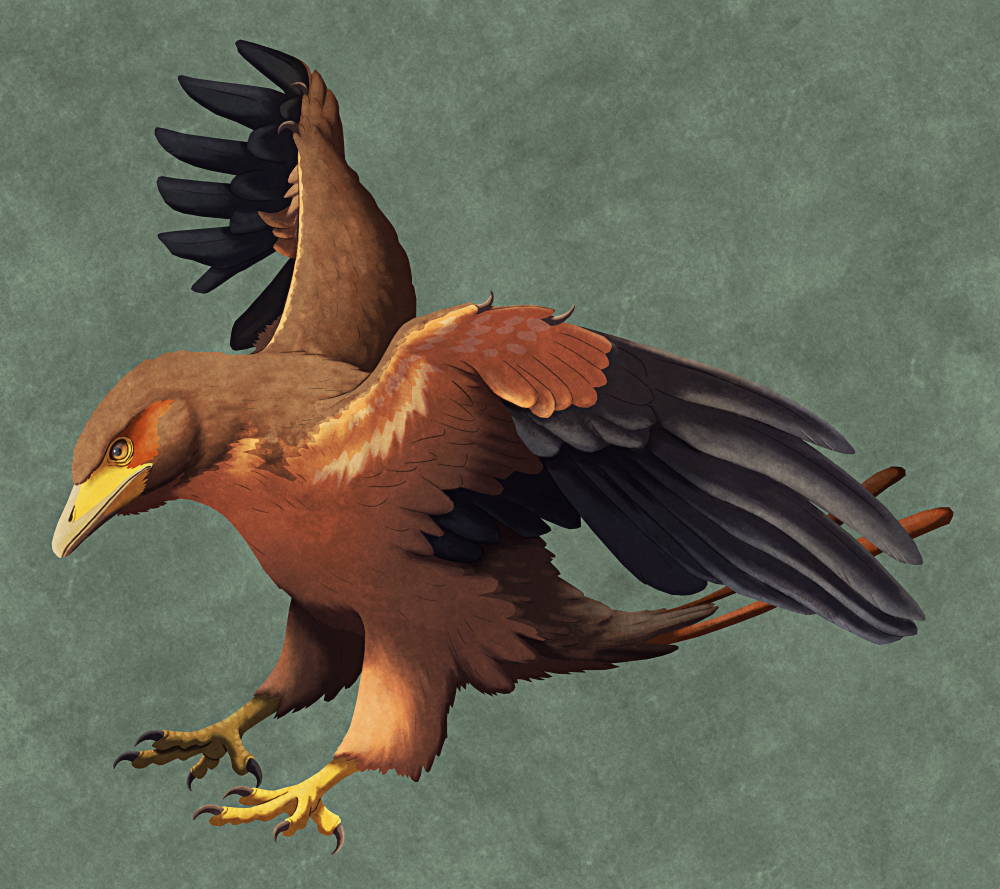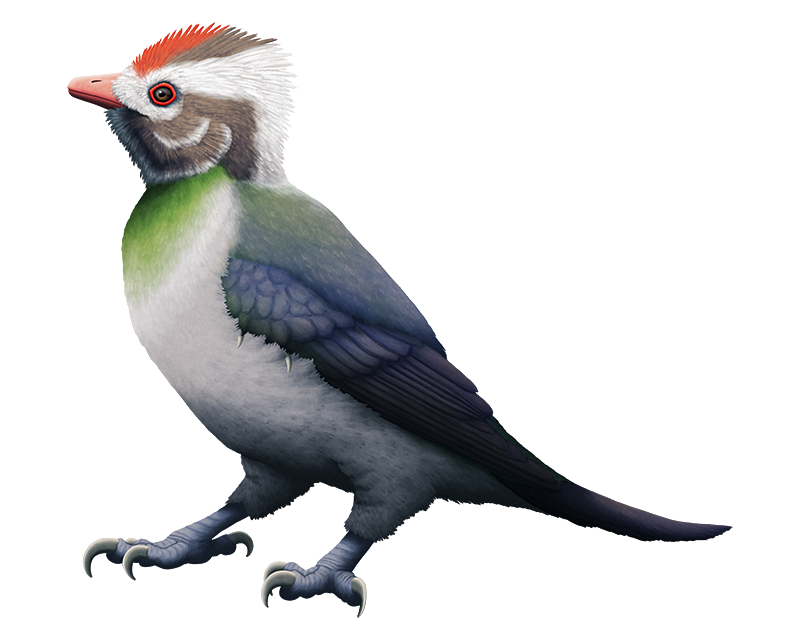Avisaurus darwini here lived at the very end of the Cretaceous, about 66 million years ago, in what is now the Hell Creek fossil beds in Montana, USA.
It was a member of a diverse group of Mesozoic birds known as enantiornitheans, which retained claws on their wings and often still had toothed snouts instead of beaks – and being part of the avisaurid family it was also one of the larger known examples of these birds, similar in size to a modern hawk at around 60cm long (~2′).
Although this species is only known from isolated foot bones, the remains have distinct enough anatomical features to show that Avisaurus had powerful gripping talons similar to those of modern hawks and owls, suggesting it had a similar lifestyle hunting small vertebrate prey in the ancient swampy Hell Creek ecosystem.
Continue reading “Avisaurus”

